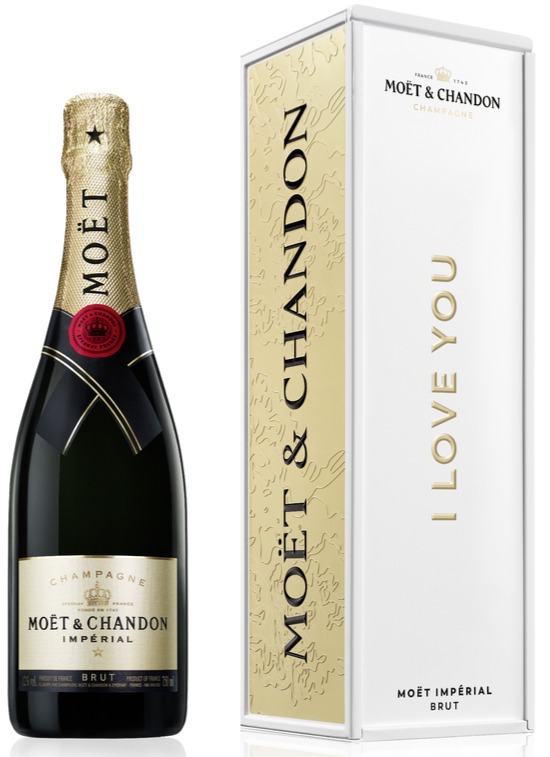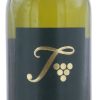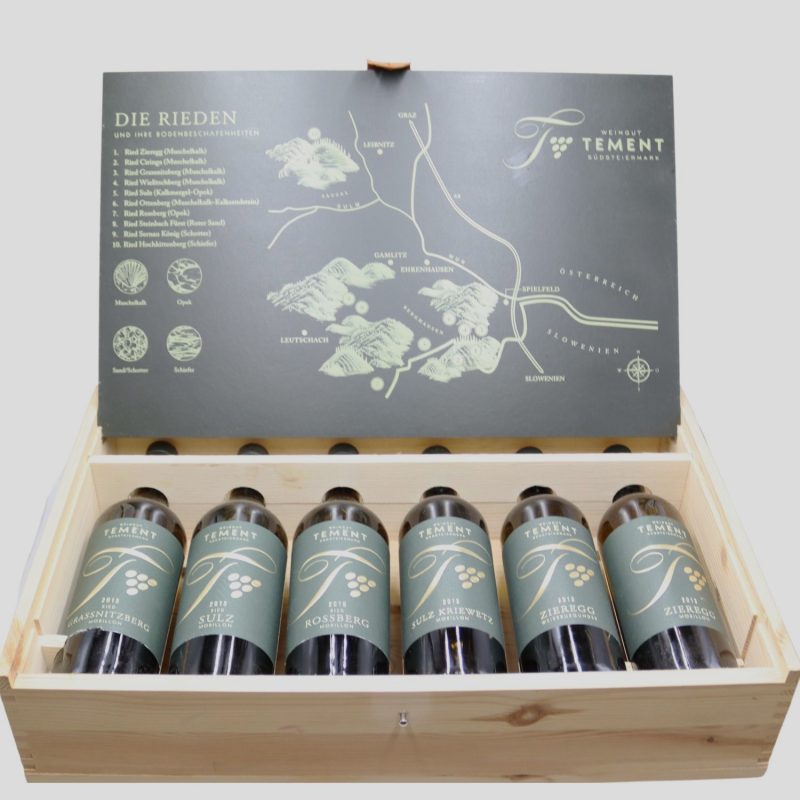-
×
 The Ultimate Single Cask 3365 NV
The Ultimate Single Cask 3365 NV
SKU: 1912-Ardbeg-The Ultimate-0,71 × 1.075,00€ 1.433,33€ / l -
×
 Bourgogne Blanc 2002
Bourgogne Blanc 2002
SKU: 1343-Roulot-Bourgogne Blanc-2002-0,751 × 180,00€ 240,00€ / l -
×
 Wehlener Sonnenuhr 1997
Wehlener Sonnenuhr 1997
SKU: 2089-Joh. Jos. Prüm-Wehlener Sonnenuhr -1997-0,751 × 195,00€ 260,00€ / l -
×
 Singerriedel 2000
Singerriedel 2000
SKU: 140-Hirtzberger Franz-Singerriedel-2000-0,751 × 180,00€ 240,00€ / l -
×
 Brut Imperial "I Love You 2023" NV in Gift Box
Brut Imperial "I Love You 2023" NV in Gift Box
SKU: 3700-Moet & Chandon-Brut Imperial "I Love You" 2023-NV-0,751 × 65,00€ 86,67€ / l -
×
 Cote Rotie La Landonne 2003
Cote Rotie La Landonne 2003
SKU: 1741-Guigal-La Landonne-2003-0,751 × 620,00€ 826,67€ / l
The color of the flesh of almost all grapes is white and therefore white wine can also be made from red grapes. White wine is produced when the skin of the berries is not left in the juice during fermentation. For the production, the pressing of white wine is technically more complex than the production of red wine. White wine is also the base wine for sparkling wines such as champagne, which are even more difficult to produce due to bottle fermentation.
Weiterlesen
Grape varieties for white wine
The best-known grape varieties include Chardonnay, Riesling, Sauvignon Blanc, Pinot Blanc and Pinot Gris. In total, several dozen grape varieties are used to a significant extent worldwide.
Influences on the quality and taste of white wine
White grape varieties need less sun and heat to ripen than red varieties. Therefore, white wine was traditionally produced in cooler areas. The temperature must not be too high during fermentation either, because at a certain point the yeast will die and fermentation will therefore come to a standstill. This is also one of the reasons why white wine has long been a domain of northern wine-growing regions. After the Second World War, however, temperature-controlled fermentation was introduced. The fermenting mash is cooled in order to be able to continue and control the fermentation. With this technology, white wine production is also possible in hot areas like Australia.
The quality of a white wine depends on the balance of sugar, acidity and alcohol content. Sweet white wines are made when fermentation is stopped early, stopping the conversion of sugar into alcohol. Slightly longer fermentation produces a semi-dry and longer still a dry white wine.
Production of white wine
The aromas are particularly important for dry wines, which is why the grapes are often harvested a few days before they are fully ripe. For high quality wines, this harvest or vintage is done by hand. At a minimum, leaves and rotten berries should be removed by hand. After the harvest, the wine is pressed, often the must is filtered and then the fermentation takes place. In the early days of wine production, this fermentation was triggered by the yeast naturally occurring on the grapes. Today, a specific yeast is usually added because otherwise random flavors result. The main fermentation lasts approximately six days, during which temperature is controlled to control fermentation.
Beschreibung ausblenden
95,00€
Grüner Veltliner
0,75 l
MAGNUM
265,00€
Sauvignon Blanc
1,5 l
MAGNUM
110,00€
Grüner Veltliner
1,5 l
45,00€
Riesling
0,75 l
45,00€
Grüner Veltliner
0,75 l

 Deutsch
Deutsch The Ultimate Single Cask 3365 NV
The Ultimate Single Cask 3365 NV Bourgogne Blanc 2002
Bourgogne Blanc 2002 Wehlener Sonnenuhr 1997
Wehlener Sonnenuhr 1997 Singerriedel 2000
Singerriedel 2000 Brut Imperial "I Love You 2023" NV in Gift Box
Brut Imperial "I Love You 2023" NV in Gift Box Cote Rotie La Landonne 2003
Cote Rotie La Landonne 2003








